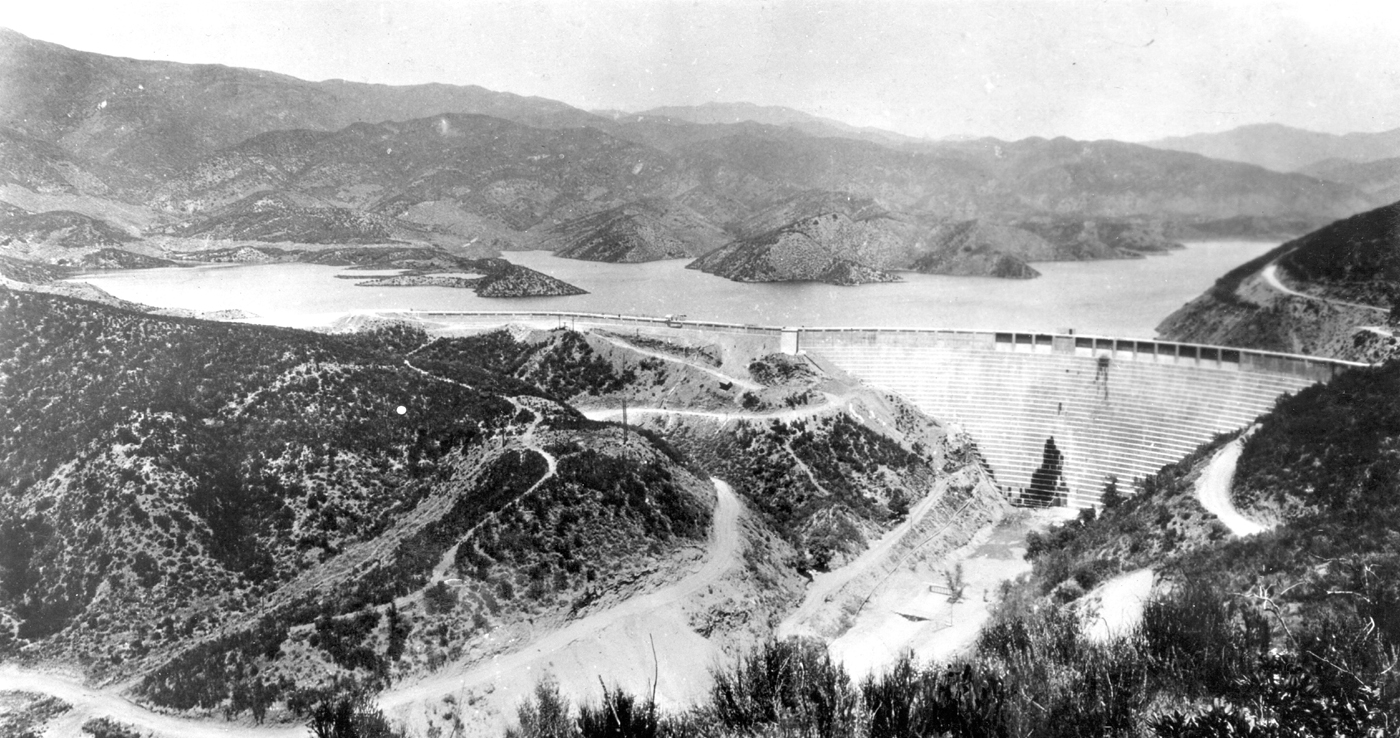|
Blown Up
 March 10, 1906 - The worst mining accident in Europe occurred at 6:30 am when a coal-dust explosion in the Courrières mine killed 1,099 miners in Northern France. It is believed the coal dust was ignited by either an accident in handling of mining explosives or by a methane explosion caused by the naked flame of a miner's lamp. Rescue attempts began immediately but were hampered by lack of trained mine rescuers and the scale of the disaster. Still about 600 miners were able to reach the surface in the hours immediately after the explosion, most of whom suffered from severe burns. On March 12th, expert teams from Paris and Germany arrived and began bringing bodies to the surface. A group of 13 survivors was found on March 30th, 20 days after the explosion. They had survived at first by eating the food which the victims had taken underground for their lunch, later by slaughtering and eating one of the mine horses. A final survivor was found on April 4th. March 10, 1906 - The worst mining accident in Europe occurred at 6:30 am when a coal-dust explosion in the Courrières mine killed 1,099 miners in Northern France. It is believed the coal dust was ignited by either an accident in handling of mining explosives or by a methane explosion caused by the naked flame of a miner's lamp. Rescue attempts began immediately but were hampered by lack of trained mine rescuers and the scale of the disaster. Still about 600 miners were able to reach the surface in the hours immediately after the explosion, most of whom suffered from severe burns. On March 12th, expert teams from Paris and Germany arrived and began bringing bodies to the surface. A group of 13 survivors was found on March 30th, 20 days after the explosion. They had survived at first by eating the food which the victims had taken underground for their lunch, later by slaughtering and eating one of the mine horses. A final survivor was found on April 4th.
|
|
Snowed Under
 March 11, 1888 -The Great Blizzard of 1888 hit the eastern seaboard of the United States, with 40 to 50 inches of snow falling in parts of New Jersey, New York, Massachusetts and Connecticut. There were sustained winds of over 45 miles per hour that produced snowdrifts in excess of 50 feet. The storm, referred to by some as the Great White Hurricane, paralyzed the East Coast from the Chesapeake Bay to Maine for over a week as railroads were shut down and the telegraph infrastructure was disabled. Over 400 people died from the storm and the ensuing cold. Following the storm, New York began placing its telegraph and telephone infrastructure underground to prevent destruction. March 11, 1888 -The Great Blizzard of 1888 hit the eastern seaboard of the United States, with 40 to 50 inches of snow falling in parts of New Jersey, New York, Massachusetts and Connecticut. There were sustained winds of over 45 miles per hour that produced snowdrifts in excess of 50 feet. The storm, referred to by some as the Great White Hurricane, paralyzed the East Coast from the Chesapeake Bay to Maine for over a week as railroads were shut down and the telegraph infrastructure was disabled. Over 400 people died from the storm and the ensuing cold. Following the storm, New York began placing its telegraph and telephone infrastructure underground to prevent destruction.
|
|
Washed Away

March 12, 1928 - The St. Francis Dam, a concrete gravity-arch dam located 40 miles northwest of Los Angeles, broke at three minutes before midnight. The ensuing flood killed over 450 people in southern California. The dam was designed by William Mulholland to create a reservoir as a storage point of the Los Angeles Aqueduct. Mulholland was a self-taught civil engineer who had risen through the ranks of the L.A. Department of Water and Power to become Department Head in 1898. The failure of the St. Francis Dam, which occurred just hours after he personally inspected the site, marked the end of Mulholland's career. However a subsequent inquest revealed that the dam's site contained unstable rock formations which were the cause of the failure, something that Mulholland could not have known about. The famous Mulholland Drive in Los Angeles is named after him.
|